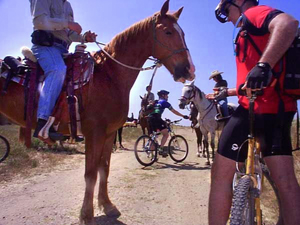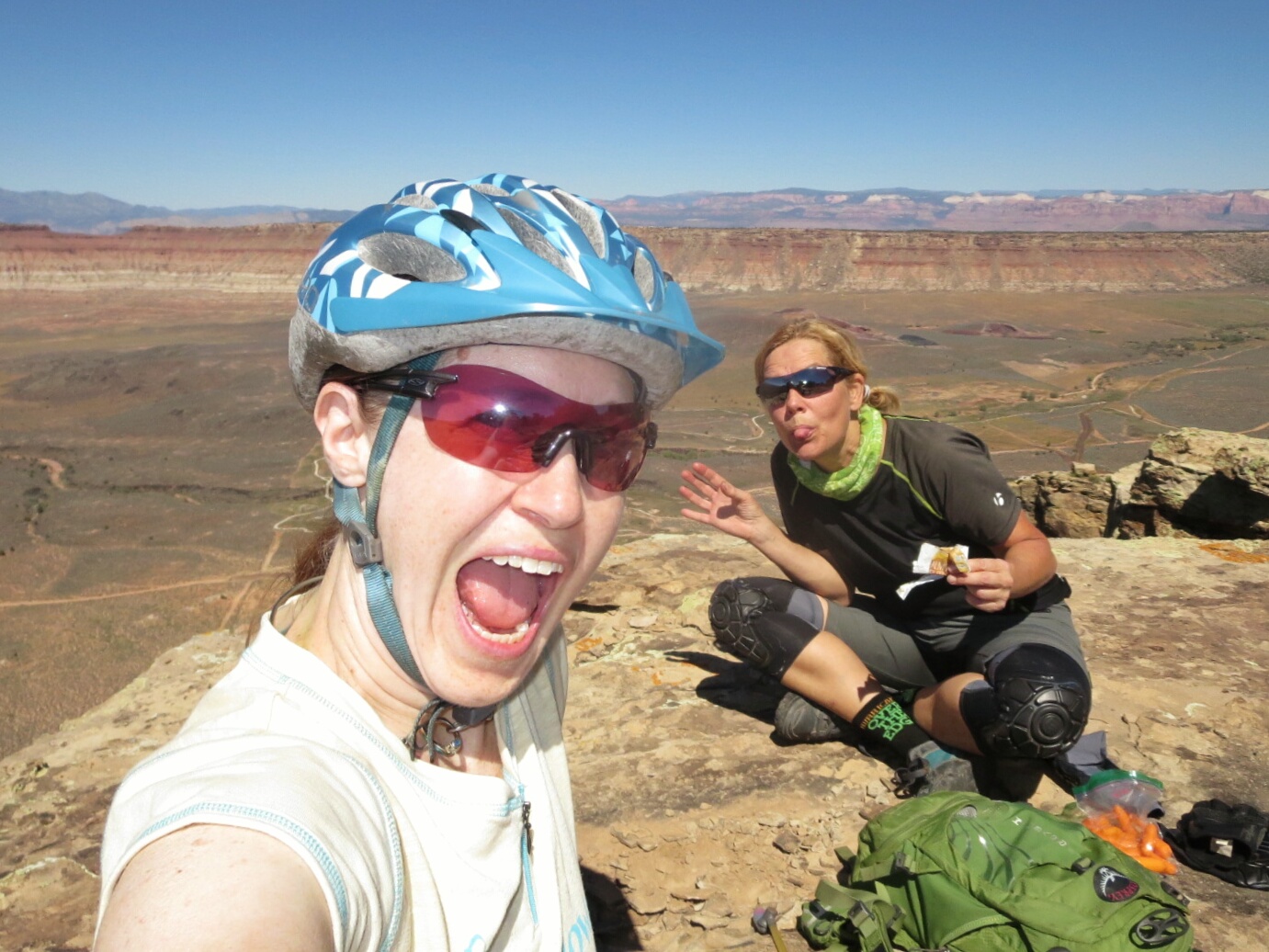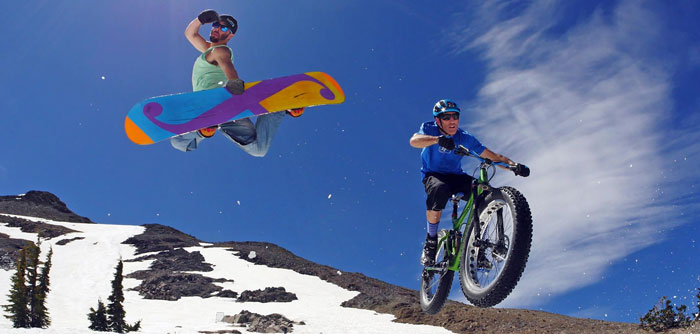- Tahoe’s Nevada Beach Tops the List of Hard-to-Book Campgrounds - 07/17/2024
- Cannabis Watershed Protection Program Cleans Up Illegal Grow Sites - 07/10/2024
- French Fire - 07/05/2024

Photo: Keith Kelsen
Courtesy of Mountain Bikers of Santa Cruz
Q. When I am riding my bike in an area that allows horseback riding, biking and hiking, who should yield to whom?
A. According to Steve Musillami, Statewide Trails Manager for California State Parks, there is “no legal policy on who has the right of way.” Rather, the state park system has “etiquette recommendations for trail usage.” Most state parks and many public recreation areas allow multi-use recreation. Some areas are clearly marked as being only for one type of user, such as pedestrians. In cases where hikers, bikers and equestrians meet up on the trail, however,
all users should “walk, run or ride on the right and pass on the left just like in a car,” recommends Musillami.
Beyond that, Musillami says that bikers should try to yield to all other users while both hikers and bikers yield to equestrians because there is an unpredictable animal involved. Horses can spook easily, especially when a bike approaches them quickly from the side or behind. The International Mountain Biking Association’s (IMBA) Rules of the Trail (www.imba.com/about/trail_rules) further suggests that bike riders “passing horses use special care and follow directions from the horseback riders (ask if uncertain).” “Yielding means slow down, establish communication, be prepared to stop if necessary and pass safely,” IMBA explains. Essentially, good etiquette on the trail helpsto avoid accidents and fosters good will among multi-use visitors of public spaces.
Christa Fraser
Q. I recently went for a bike ride with a friend who ruptured her spleen by crashing her bike and landing on her handlebars. She had no real bruising or cuts or anything but she did go into severe shock. Later, we found out that she could have died. What should we have looked for to determine that she had internal bleeding?
A. the spleen is one of those organs, like the gallbladder and the appendix that seem expendable in the human body. However, injury or trauma to one of these organs can still result in serious health problems, such as shock, infection and internal bleeding. Particularly in the case of the spleen, injury or trauma can actually lead to death in a relatively short period of time—within a few hours of injury. This is due to the spleen’s role in the body’s lymphatic system as an additional filter to keep foreign invaders and old red blood cells out of the bloodstream. This fist-sized organ, which is located just behind the left rib cage, is essentially a reservoir of blood and other bodily fluids so when it ruptures, a massive
amount of internal bleeding can occur instantly, according to Dr. Warren Scott, official Hawaii Ironman Physician. Fortunately, the injured person may give a few physical clues that a trip to the hospital
is necessary. These clues may be transient in nature, however. The first clue is simply the site of injury the left ribcage or flank. Snowboarders and mountain bikers are highly likely to experience this type of
injury because they often sustain blows to their midsection by crashing. If someone displays any of the following symptoms after sustaining a blow to the left ribcage or abdominal area, take them to the hospital immediately (Avoid hiking them out as this may worsen their condition.):
- Pale and sweaty skin
- Vomiting
- Abdominal pain or tenderness
- Pain in the left shoulder or neck area (victim may walk as though favoring this side of the body)
- Rapid heart rate or breathing
- Low blood pressure
- Sudden ‘sense of doom’
- Mental confusion
In the past, a ruptured spleen was surgically removed. While a patient of a splenectomy or spleen removal can survive just fine, they will likely become more susceptible to certain types of infections in the future, Scott explains. Fortunately, even the most severe ruptures may repair themselves naturally with a lot of rest and medical care.













